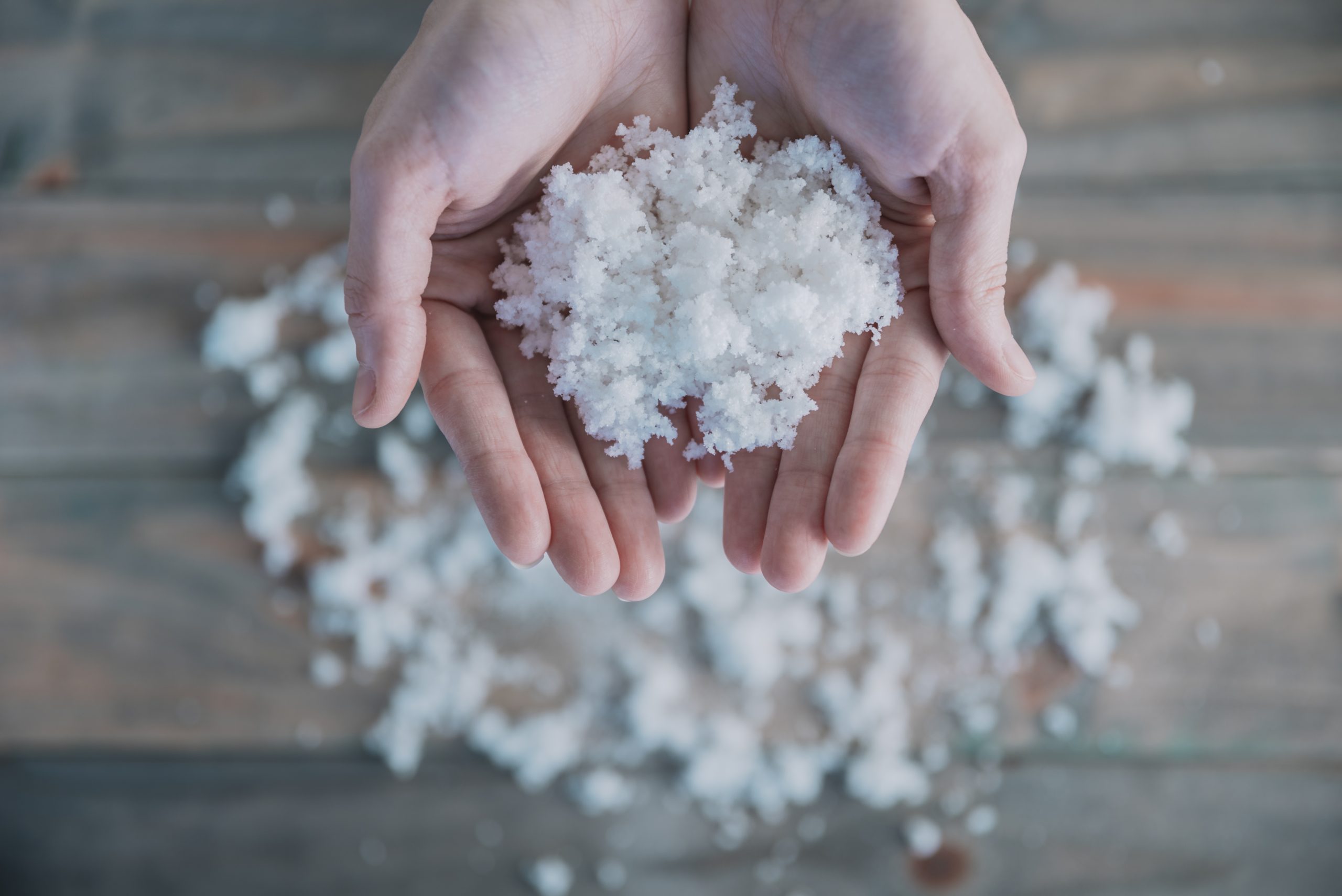
Dry Ice Pellets vs Dry Ice Blocks What’s Best for Your Shipment?
When it comes to shipping temperature-sensitive goods whether it’s medical supplies, gourmet desserts, or fresh seafood keeping things cold isn’t just helpful, it’s essential.
But not all dry ice is the same. Many people wonder whether pellets or blocks are the better option for their shipment. Let’s break it down in simple terms.
What Is Dry Ice?
Dry ice is carbon dioxide in solid form. Unlike regular ice, it doesn’t melt into water; instead, it sublimates, turning directly from solid to gas. This means no puddles, just clean, reliable cold vapor.
That’s why dry ice is a go-to choice for industries like healthcare, food delivery, and logistics. It typically comes in two main forms:
Pellets – Small, rice-sized pieces.
Blocks – Larger, brick-shaped chunks.
Each type has its strengths. The right choice depends on what you’re shipping, how long it needs to stay cold, and how far it’s going.
Dry Ice Pellets: Fast, Flexible Cooling
When Pellets Make Sense
Dry ice pellets (often around 3 mm in size) are perfect when you need quick, even cooling. Their small size allows them to wrap around items and fill tight spaces inside containers. Think of them as cold confetti that surrounds your shipment.
They’re ideal for:
Medical samples or vaccines
Frozen food deliveries (meal kits, e-commerce orders)
Lab specimens or biological materials
Small packages that need fast cooling
Pros of Using Pellets
Cool items quickly
Easy to spread around products
Perfect for oddly shaped packages
Great for short-distance or same-day shipping
Things to Consider
They don’t last as long as blocks
May require refills for long trips
Can be messy if not packed carefully
Dry Ice Blocks: Long-Lasting Cold
When Blocks Are the Better Option
If your shipment needs to stay frozen for days, dry ice blocks (commonly 500 grams each) are the safer choice. They sublimate more slowly than pellets, making them ideal for long journeys or situations where re-icing isn’t possible.
Perfect for:
Seafood, meat, or perishables shipped overseas
Large-volume shipments
Equipment requiring stable cooling
Deliveries to remote locations
Pros of Using Blocks
Lasts significantly longer than pellets
More efficient for large or heavy-duty shipments
Stack neatly in coolers and crates
Things to Consider
Slower initial cooling
Not suitable for small or delicate packages
Takes up more space in containers
Quick Comparison: Pellets vs. Blocks
| Scenario | Choose Pellets | Choose Blocks |
|---|---|---|
| Need fast cooling | ✔️ | |
| Shipping something large or bulky | ✔️ | |
| Short-term shipment (same/next day) | ✔️ | |
| Long-distance or international delivery | ✔️ | |
| Delicate items needing full coverage | ✔️ | |
| Remote location, no refills possible | ✔️ |
Safe Handling Tips for Dry Ice
Dry ice is powerful, but it requires proper care:
Always use gloves or tongs—direct contact can cause burns.
Never seal in an airtight container—gas needs ventilation.
Store in a well-ventilated space.
Use insulated coolers to extend its life.
Ordering from Freezpak International (UAE)
Whether you need pellets for a same-day cake delivery or blocks for seafood exports, Freezpak International has both options ready to ship across the UAE.
With Freezpak, you can:
Choose between pellets and blocks
Order custom quantities
Get fast delivery across the UAE
Their experienced team can guide you in choosing the best cooling solution for your needs.
Website: freezpakuae.com
Choosing between dry ice pellets and blocks isn’t about which one is better—it’s about which works best for your shipment.
For quick, even cooling of small packages → Pellets
For long journeys or large shipments → Blocks
By matching the right type to your needs, you’ll protect your cargo, save costs, and avoid unnecessary risks.
FAQs
1. How long does dry ice last?
Pellets typically last 12–24 hours, while blocks last 48–72 hours depending on storage.
2. Is it safe to use in a box or cooler?
Yes, as long as the container isn’t airtight and allows ventilation.
3. Can I use dry ice for international shipping?
Absolutely. It’s widely used for food, pharmaceuticals, and other global cold-chain needs.
4. What happens if dry ice touches skin?
It can cause cold burns—always handle with gloves or tongs.
5. Where can I get dry ice in the UAE?
Freezpak International offers fast delivery of both pellets and blocks across the UAE.



